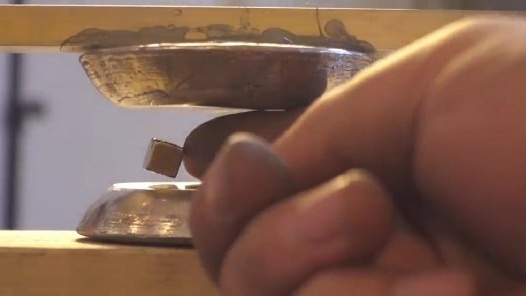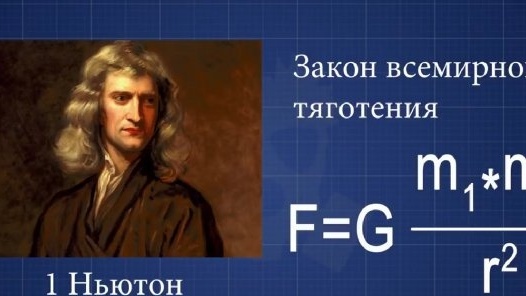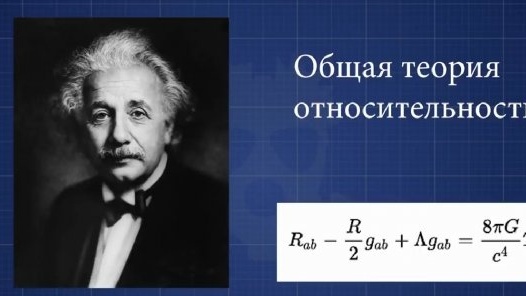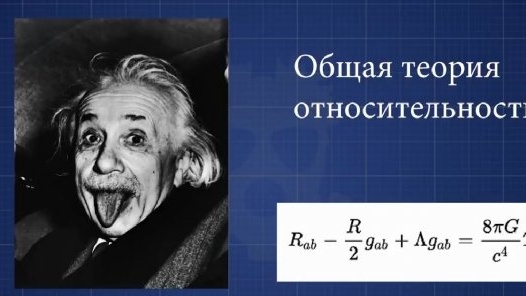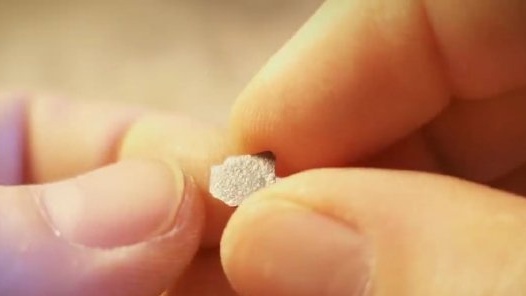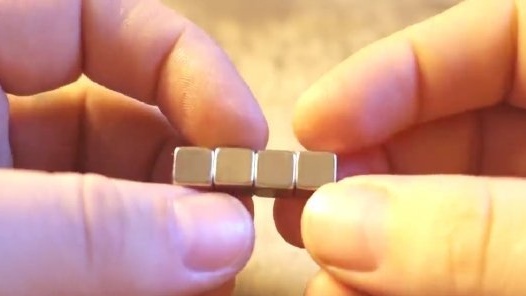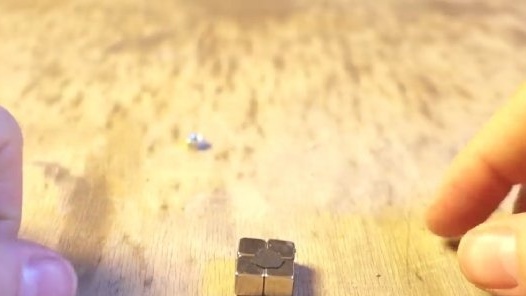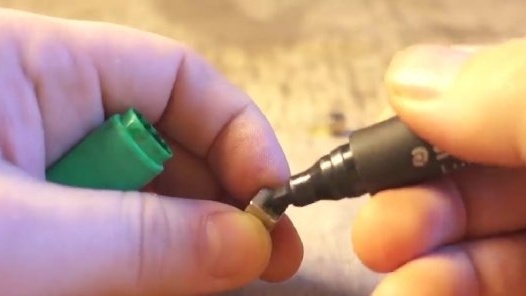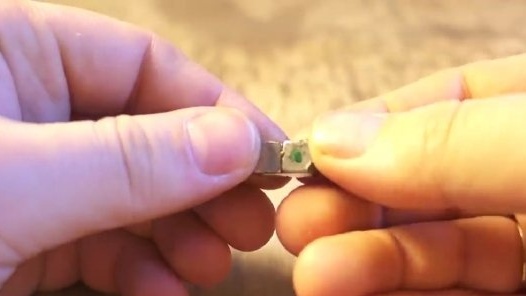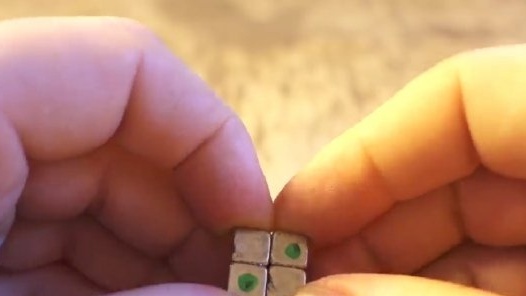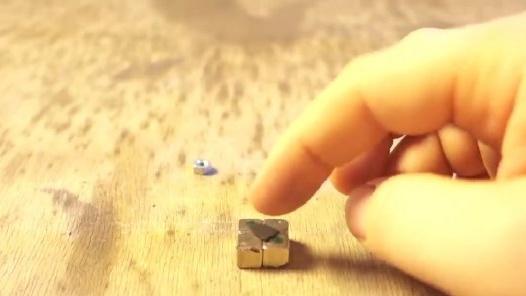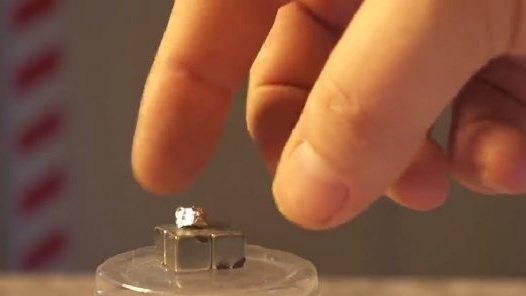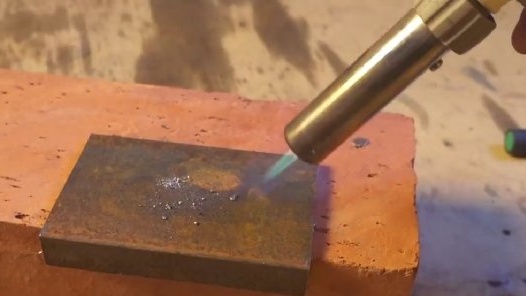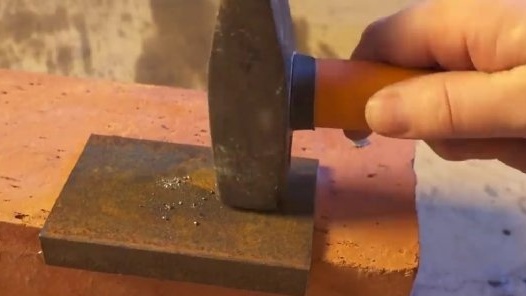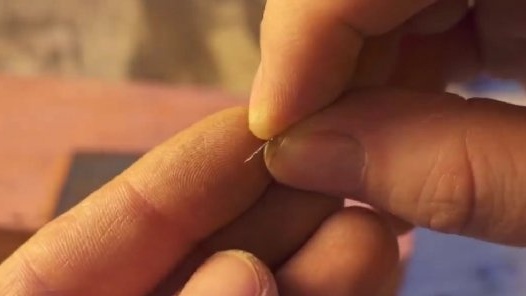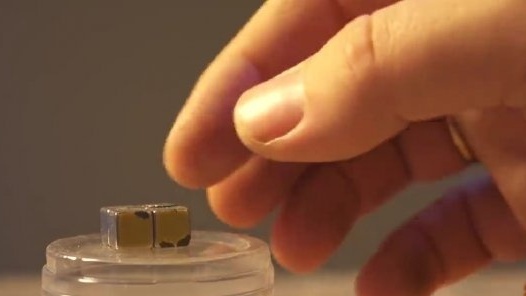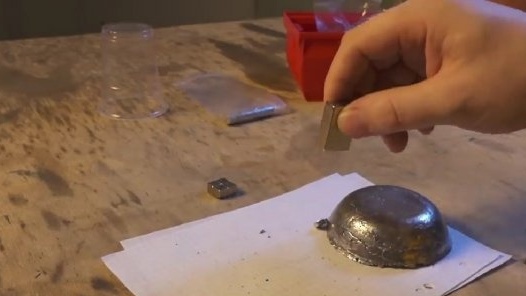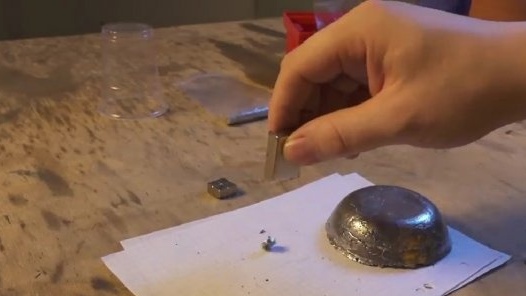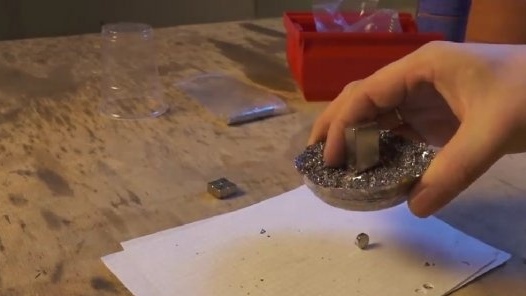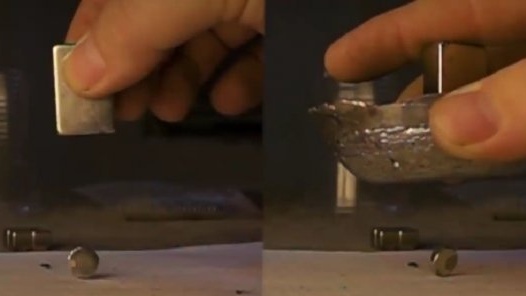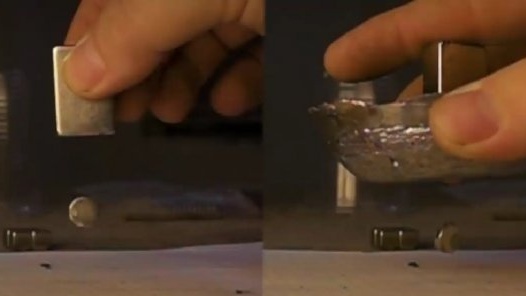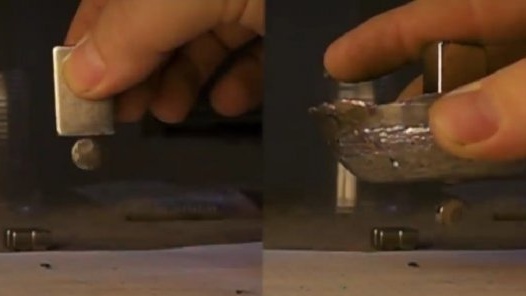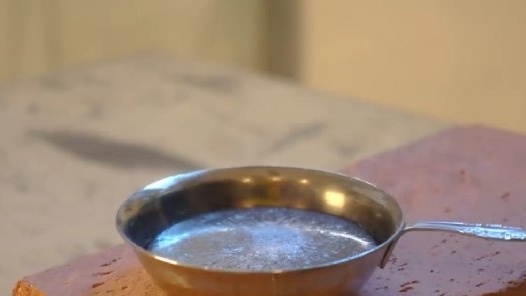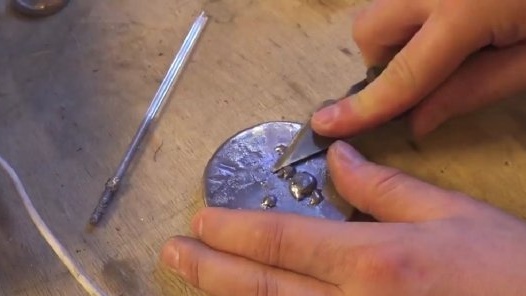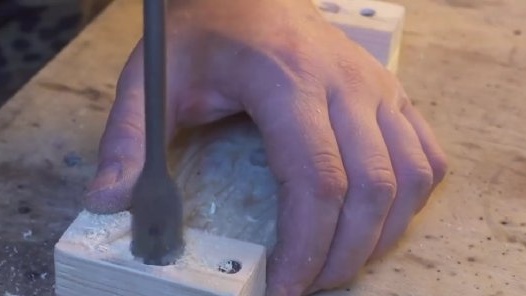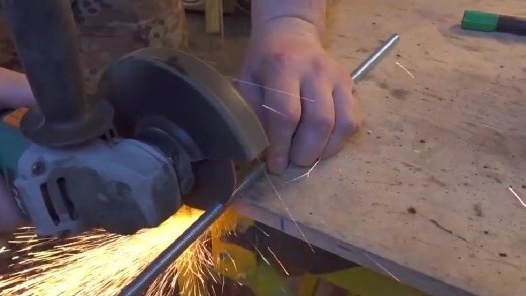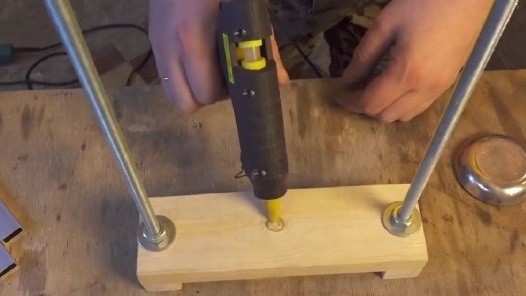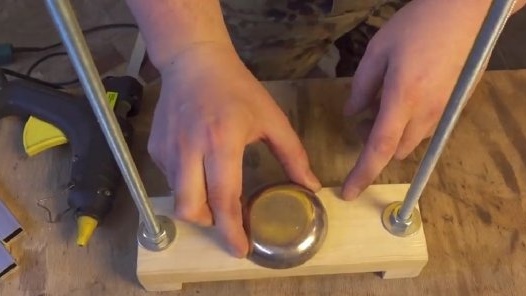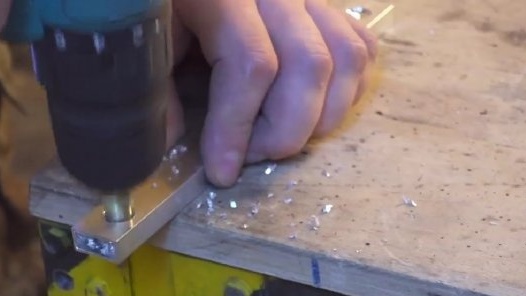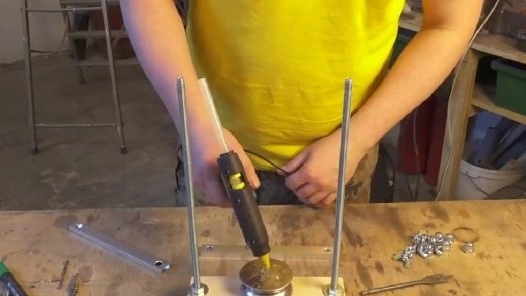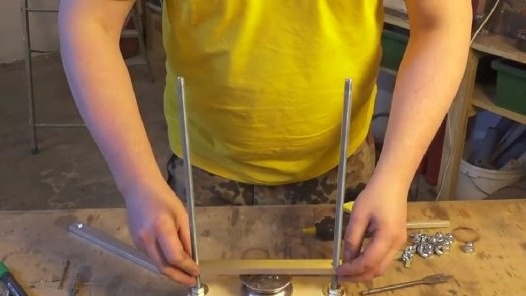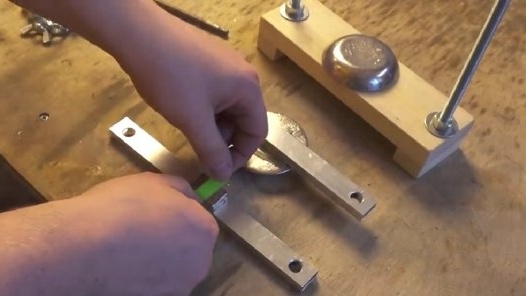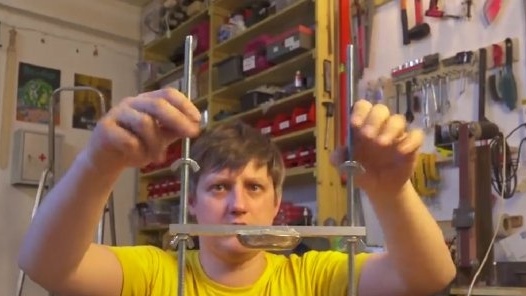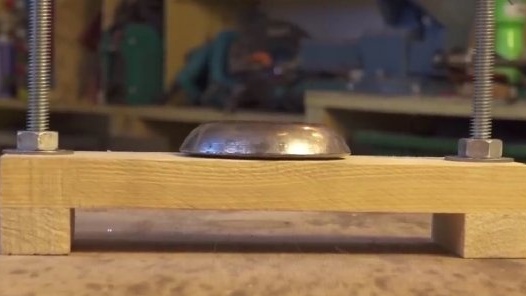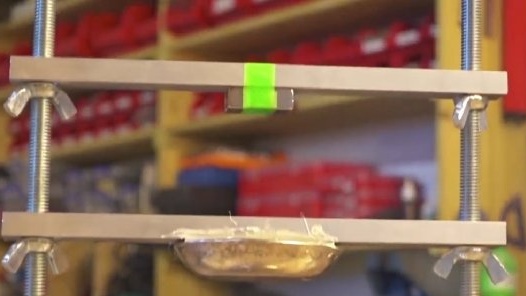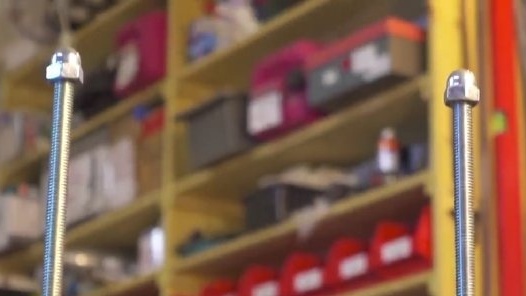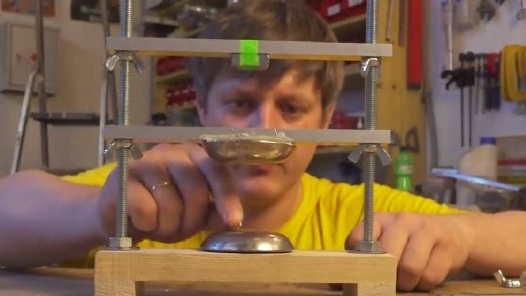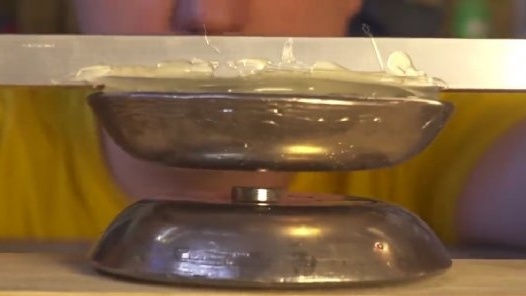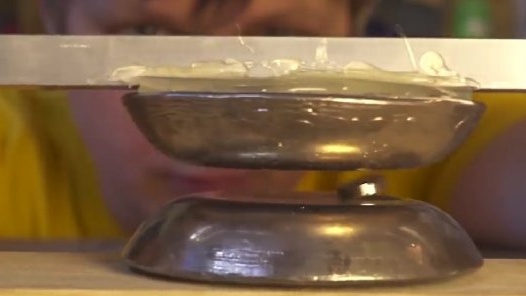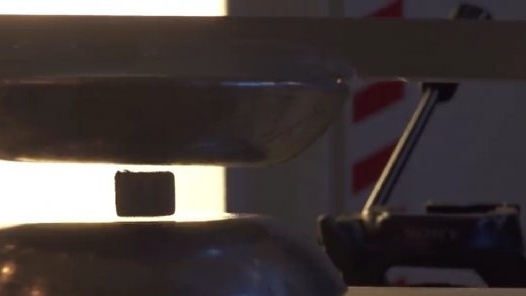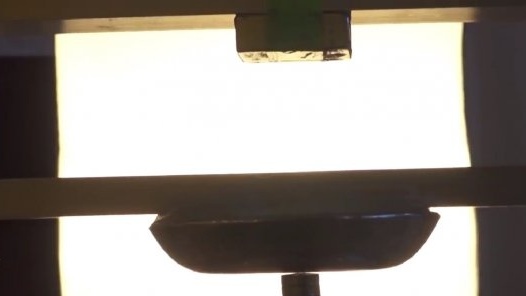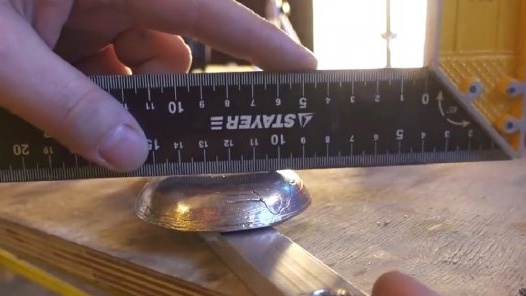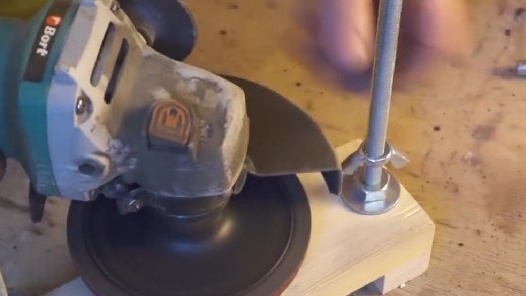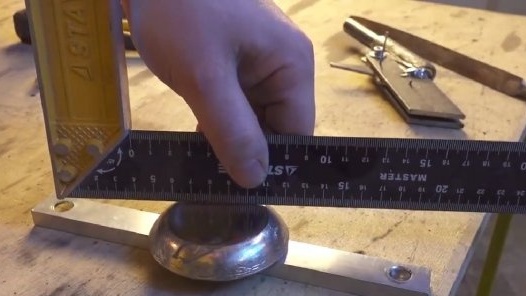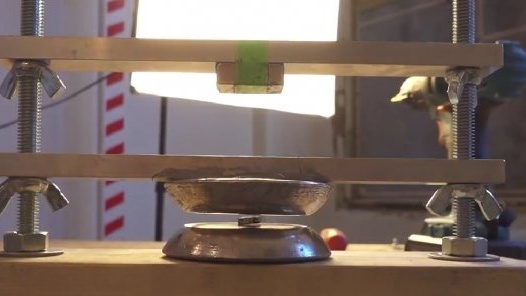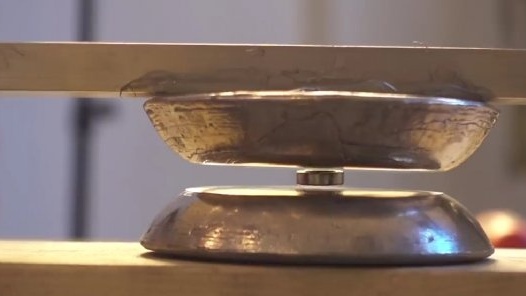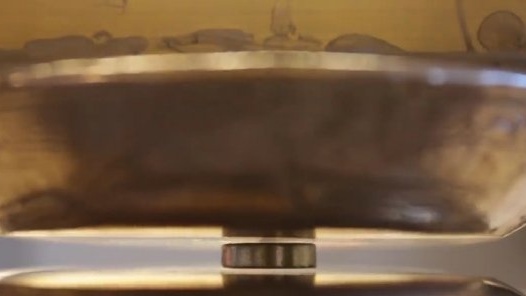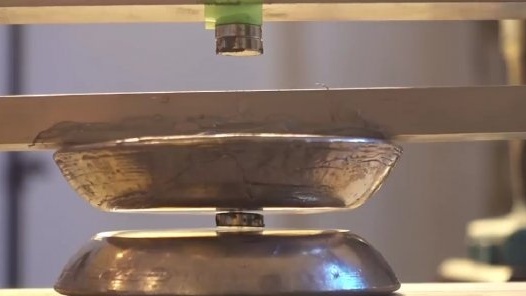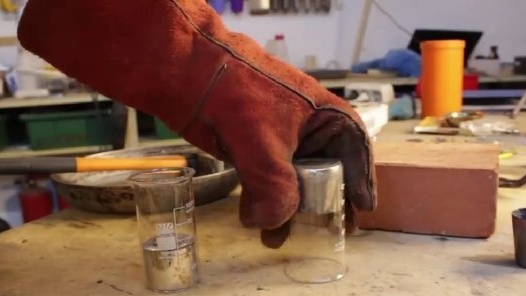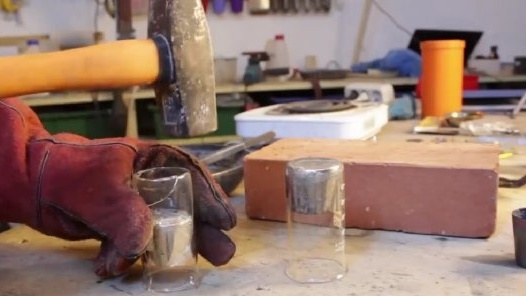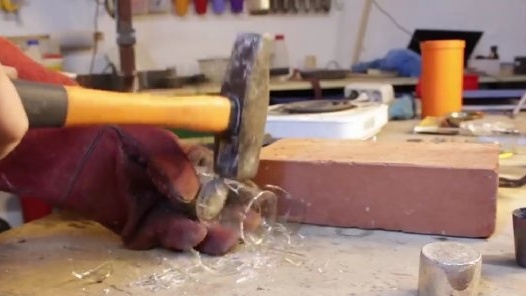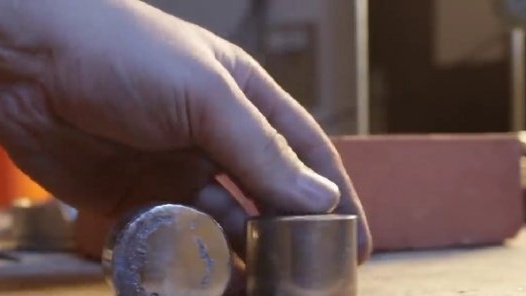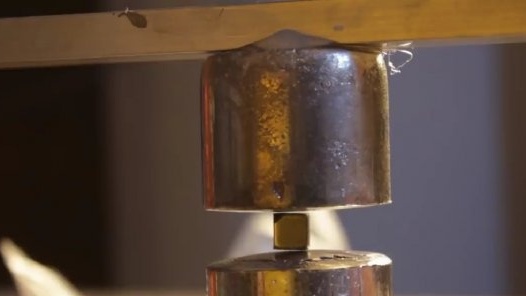Today we will deal with anti-gravity and we do not even need temperatures close to absolute zero. Beauty and more!
The fact is that scientists still can not decide what gravity really is, not to mention antigravity.
But based on the general theory of relativity and the principle of equivalence of gravitational and inertial forces, antigravity cannot exist at all.
This could end the article, but let's try to get at least something to fly, overcoming gravity.
This piece that the author of the YouTube channel holds in his hands is a piece of pyrographite. He is a very good diamagnet, that is, his atoms are magnetized against the direction of an external magnetic field. To see this clearly, we need 4 small magnets folded in a special way.
If you collect them anyhow, then nothing will work.
A pyrographite plate does not react in any way to a magnetic field. Let's now mark with a marker one of the poles of the magnets, any.
Now we collect in pairs two magnets, one upward with a mark, and the second downward with a mark.
Putting two pairs together and get a simple design, the magnetic poles of which are directed in a checkerboard pattern. Now we put on top a piece of diamagnet, and it takes off!
Magnetized in the opposite way, each corner of the plate is repelled from one of the poles of the magnet, and all the magnets try to push the piece of graphite away from themselves, and in the center these forces come into equilibrium, and plastic from graphite hangs there. A very interesting and simple thing turned out.
You already know that bismuth, like pyrographite, is a good diamagnet. The author has already talked about this in a previous project, if that.
But ... for some reason he does not want to fly ... he does not want to.
Bismuth is a very brittle metal, but it becomes ductile with increasing temperature.
In the literal sense of the word, the author forged the thinnest plate from bismuth, but ... again there is no effect ...
Let's try to compare how the bismuth layer between two magnets works.
As you can see, at a certain height, a small magnet is attracted to a large one and flies at great speed. And now the same thing, but with a layer of a thick piece of bismuth.
A? Notice the difference? The magnet took off much more slowly. Note that in both cases the large magnet is at the same height.A small magnet takes off at the same time, being at the same distance from the large magnet, but it flies at different speeds.
A piece of bismuth, magnetized in the opposite direction, repels a small magnet, slowing it down. So we have clearly seen the diamagnetic properties of bismuth. Now let's build a small deviceconsisting of two pieces of bismuth.
When hardening, it does not shrink, but rather increases in volume, so you will have to level out everything that has come out.
These two pieces should move relative to each other. To do this, we make a wooden platform in which studs with m10 thread will be fixed.
On this platform we fix with a hot glue a cast piece of bismuth. A piece of aluminum profile will move along the studs, up and down. A second bismuth ingot will hang on it.
You will also need a powerful magnet, mounted above the bismuth ingots, and which can be moved in height.
Now we assemble the entire structure. Here's what happened.
Below is an ingot of bismuth, above it is another ingot that can be moved in height with the help of lamb. Next comes a powerful magnet, which can also be adjusted in height and at the very top of a pair of cap nuts for beauty.
We place a small magnet between the two bismuth ingots and begin to adjust the height of the bismuth and the magnet, trying to achieve a balance of forces.
Quickly enough, you can achieve that the magnet freezes in the air, barely touching the surface of the lower ingot. Even if this design is rocked, the magnet is in no hurry to leave the boundaries of bismuth ingots. And even if he flies out, he happily comes back and hangs inside. It turns out that the magnet is attracted and repelled at the same time. Such a balance cannot be created without the use of good diamagnets. If you try very hard, you can make the magnets hang between two bismuth ingots and not touch any surfaces at all.
The concave shape of the surface of these ingots is not very helpful.
Let's make the surface flat and look at the result.
Almost exactly. Now everything is much better visible and the effect has not disappeared.
It seems that the magnet inside is hanging on an invisible thread that prevents it from getting out of this enchanted circle! To balance the magnet between two bismuth ingots, it is necessary to lower the upper ingot as low as possible so that its repulsive forces are more pronounced.
Further, the author used a smaller magnet as the top magnet, but the result is still the same.
The author apologizes for the ubiquitous iron dust, there is a lot of it in his workshop, and she constantly sticks to everything magnetic, it is impossible to get rid of it.
The author also decided to try to make the bismuth layer even thicker. To do this, I had to cast 2 cylinders in chemical glasses.
It’s a pity of course chemical dishes, but what can’t you do for the sake of the experiment.
As a result, we got 2 discs with convex surfaces.
Now make the magnet fly even easier!
The author also recommends the use of spherical magnets. If you wanted to repeat these experiments yourself, then under the original video of the author you will find a selection of links to everything you need (link SOURCE at the end of the article).
And that’s all. Thank you for attention. See you soon!
Author's video:

